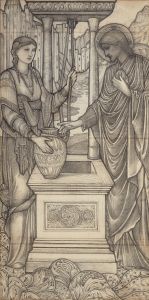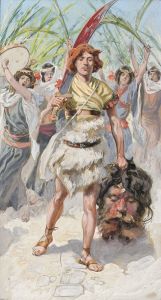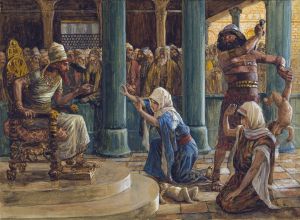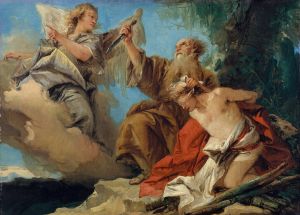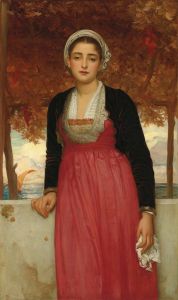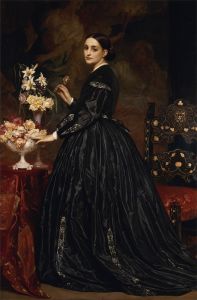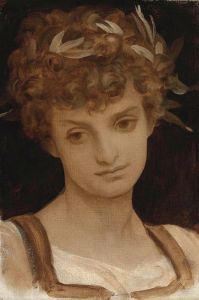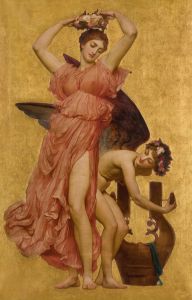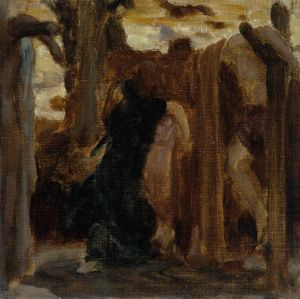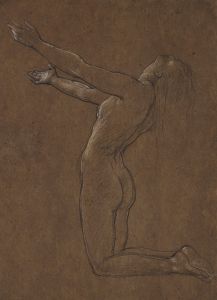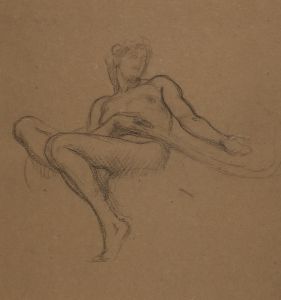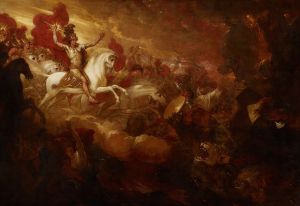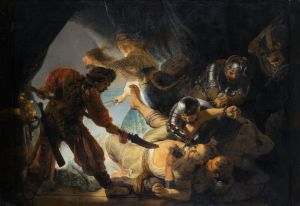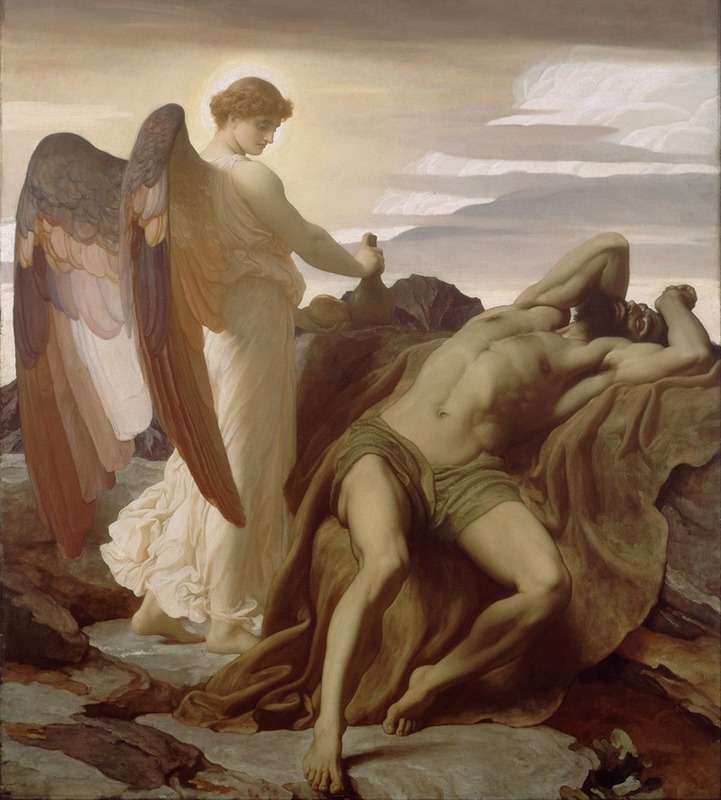
Elijah in the Wilderness
A hand-painted replica of Frederic Leighton’s masterpiece Elijah in the Wilderness, meticulously crafted by professional artists to capture the true essence of the original. Each piece is created with museum-quality canvas and rare mineral pigments, carefully painted by experienced artists with delicate brushstrokes and rich, layered colors to perfectly recreate the texture of the original artwork. Unlike machine-printed reproductions, this hand-painted version brings the painting to life, infused with the artist’s emotions and skill in every stroke. Whether for personal collection or home decoration, it instantly elevates the artistic atmosphere of any space.
"Elijah in the Wilderness" is a painting by the British artist Frederic Leighton, completed in 1879. Leighton was a prominent figure in the Victorian art world, known for his classical subject matter and meticulous technique. This particular work is an oil painting that depicts the biblical prophet Elijah during a moment of solitude and reflection in the wilderness, as described in the Old Testament.
The painting illustrates a scene from the First Book of Kings, where Elijah, having fled from Queen Jezebel, finds himself alone in the desert. According to the biblical narrative, Elijah is sustained by an angel who provides him with food and water, allowing him to continue his journey to Mount Horeb. Leighton's interpretation captures the moment of divine intervention and the prophet's introspection.
In "Elijah in the Wilderness," Leighton employs a naturalistic style, characteristic of his work, to convey the emotional and spiritual depth of the scene. The composition is carefully balanced, with Elijah positioned prominently in the foreground. He is depicted in a state of repose, lying on the ground with his head resting on his arm, conveying a sense of exhaustion and contemplation. The angel, a symbol of divine presence and support, is subtly integrated into the composition, emphasizing the spiritual aspect of the narrative.
Leighton's use of color and light in the painting is notable. The palette is dominated by earthy tones, reflecting the arid landscape of the wilderness. The play of light and shadow adds a dramatic quality to the scene, highlighting the contrast between the harsh environment and the serene figure of Elijah. This use of chiaroscuro enhances the emotional impact of the painting, drawing the viewer's attention to the prophet's face and the angel's gentle gesture.
The painting is housed in the collection of the Walker Art Gallery in Liverpool, England. It is considered an important example of Leighton's work and a significant representation of religious themes in Victorian art. The painting reflects Leighton's interest in classical and biblical subjects, as well as his ability to convey complex emotional states through his art.
Frederic Leighton was a leading figure in the British art scene during the late 19th century. He served as the President of the Royal Academy from 1878 until his death in 1896, and his work was highly regarded by his contemporaries. Leighton's paintings often explored themes of mythology, history, and religion, and he was known for his skillful use of color and composition.
"Elijah in the Wilderness" exemplifies Leighton's artistic philosophy, which sought to combine beauty and narrative depth. The painting remains a testament to his ability to interpret and visualize biblical stories in a way that resonates with viewers, both in his time and today.





